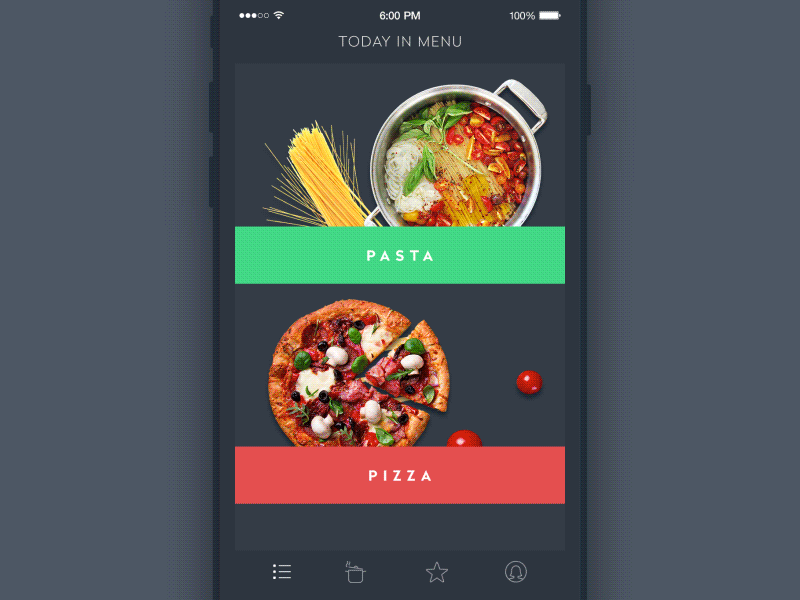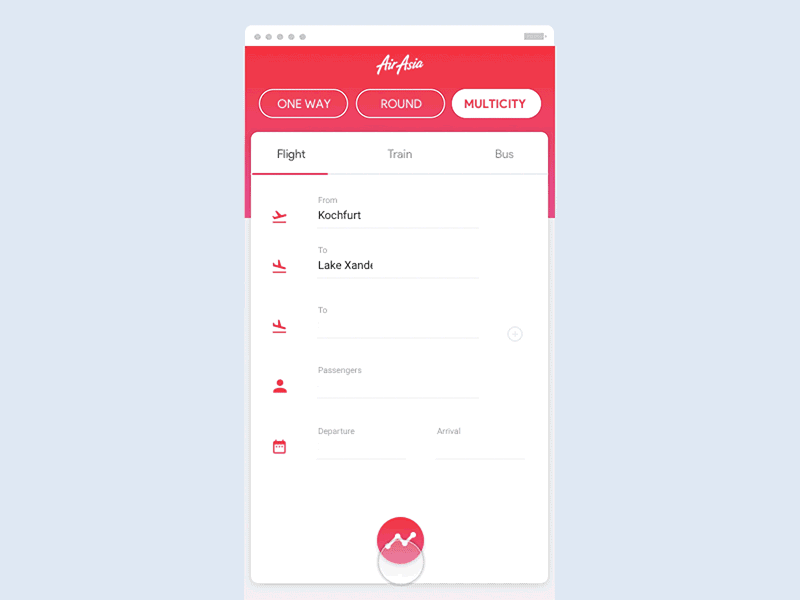According to bot evangelists, today’s apps are going to be replaced by bots, so why bother with fanciness? Goodbye, delicious Uber UI animations. So long, stickers and filters on Snapchat. Farewell, swiping on Tinder. Will the last app standing be Facebook Messenger? This vision of bots taking over, first painted by Mark Zuckerberg, then co-opted by Microsoft’s CEO Satya Nadella and many others, has created quite the stir in the app community. I have heard both sides of the argument, and I’d like to quickly recap the current state of discussions on this topic.
One side says the death of apps is imminent with this so-called invasion of bots. “Just as websites replaced client applications then, messaging bots will replace mobile apps now,” TechCrunch reported in 2015. Combine that with slowing growth rates of app downloads, and the bot evangelists appear to have a fair point.
The other side says these reports are greatly exaggerated, claiming that app store growth is accelerating and citing Apple’s growing payouts to developers as evidence.

App developers also point out that bots and conversational UIs are among the most overhyped technologies of 2016.
So who’s right? Could bots really cause the world of apps to go belly up? Unfortunately, these are the wrong questions to ask, and they are leading to fundamentally flawed conversations.
Here’s why: Bots are a red herring. It makes no sense to pit bots against apps. Bots can’t solve today’s app woes or vice versa. The truth is, download rates are declining due to “crap app” burnout.
What everybody wants is something that’s going to solve a problem, to make their lives easier, to seamlessly access a service, or even to enrich their lives in some delightful way. What they typically experience is disappointment or annoyance, which leads to fewer app downloads.
People are obsessed with the wrong metric
We need to look beyond downloads to Mobile Engagement metrics, not simply app downloads. Are people even engaged on mobile devices? According to Dscout, absolutely. People touch their phones an average of 2,617 times daily. We yearn to go deeper and deeper into the experience. Gartner even predicts these new digital experiences will draw people into nonstop virtual reactions, through AR/VR/MR.
Looking at Comscore’s 2016 report, we see that mobile apps clearly continue to outpace the mobile web by a 7:1 margin in time spent, a ratio that has been consistent for the past two years. According to Flurry, it’s closer to 10:1.
That’s 90 percent of their mobile screen time inside of apps.
But perhaps most importantly, mobile users spend a really high percentage of their time on their No. 1 most used app, and about 9 out of 10 minutes within their Top 5.
So if users are spending more time on fewer apps, how can new apps break through and engage them?
Bad apps are poison
There’s always talk of creating a “killer app,” but people say there’s no recipe for it. Well, there is: It’s creating a killer user experience.
Let me give you an example. Today there are over 600 task managers for the iPhone alone, with a new one popping up every other week. Managing tasks in a world of infinite distractions is a great problem to solve.
Today all of these apps are flawed, yet in invisible ways. They each lack a focus on creating killer UX. The designer-developer team who pays attention to every little detail — and I mean every micro interaction — is going to win.

Above: UX-focused design through great UI and animation by Tubik Studio.
According to Don Norman, best-selling author of The Design of Everyday Things, UX “encompasses all aspects of the end-user’s interaction with the product.”
It may sound absurd, but this level of UX mindfulness is crucial. Uber and Snapchat understand this implicitly because UX obsession is in their DNA.
Unfortunately, like so many tech buzzwords, people have completely misused and overused the term UX, as well as mixing it up with the term UI (user interface), adding further to the problem.
Let me try to separate the two:
Imagine sitting in a beautifully designed car. The magnificent interior is all around you, covered in expensive materials. Now imagine that the hand-stitched leather steering wheel is on the ceiling and you push the gorgeous carbon fiber pedals with your hands. This car would be impossible to drive.
The beautiful interior is the user interface in this analogy. Ensuring that the interface is in places that make sense and that the car is not only possible, but also pleasurable, to drive is the user experience.
App makers need to step up their UX game. They need to iterate quickly and include user feedback throughout the process until the experience is rock solid. Sloppy apps hurt the mobile ecosystem. In a time where an app store rating of 4.5 overshadows a similar app with a 4.3, the margins are small and the stakes are incredibly high.

Above: Experience is everything. Another great example from Tubik Studio.
Good bots and apps are like peanut butter and chocolate
Apps and bots are better together. Let’s go back to the false choice of bots or apps: rushing either bad apps or pointless bots to market is bad for the customer.
Bot-makers are dangerously repeating the same mistakes that app-makers have already made and moved on from.
There are already thousands of bots that are completely useless. Just because something can be made doesn’t mean it should be. When the Google Play Store touts that it has passed 2.4 million apps or when Facebook says there’s already more than 30,000 bots in Messenger, these are simply the wrong bragging points.
The world doesn’t need another flashlight app, and it certainly doesn’t need another celebrity chat bot. It’s not too late to save bots from a total UX crisis.
Bot and app creators must work more closely together so that history does not repeat itself. As more and more technologies are introduced, we must start thinking more holistically about a single and unified brand experience for the user. That will help determine what thing to build for what purpose, and when to integrate, before the bot stores of the future (as with the app stores of the past few years) are overrun with junk.
Bots and apps both have the potential to be engagement tools for the same user, and should not be viewed as competing but rather complementary technologies. There is a harmonious space for both killer apps and useful bots on each of our devices. Going forward these two technologies can and must work side by side, filling in gaps in each other’s experience.
It’s not enough that we build products that function, that are understandable and usable, we also need to build products that bring joy and excitement, pleasure and fun, and yes, beauty to people’s lives.
Brands and enterprises need to embrace quality UX
The demand for mobile apps for the enterprise has increased for years and is about to skyrocket. Custom apps in large corporations are used by tens of thousands of employees and partners daily, and proper UX in this space is more important than ever.
Enterprise users now have the same expectations for their enterprise apps as they have for their consumer apps regarding quality and overall experience. These types of apps are largely ignored when measuring app store traffic and engagement.
Despite today’s false choice between bots and apps, brands must stay in charge of their own destiny to engage users in a cohesive, seamless experience.

Above: Air Asia Travel app by Johny vino.
The world desperately wants better apps and better tools to make them. We are entering an exciting era where a clear focus on mobile engagement through experience is essential. To get there, we need an increased focus on non-trivial details that will be invisible to most, but that delight us all. Finally, there is a happy place for both high-quality bots and killer apps. As Brian Solis said in his book X: The Experience when Business Meets Design, “The future is in experiences.”
See you in the trenches, and may the best UX win.
VentureBeat's mission is to be a digital town square for technical decision-makers to gain knowledge about transformative enterprise technology and transact. Learn More

